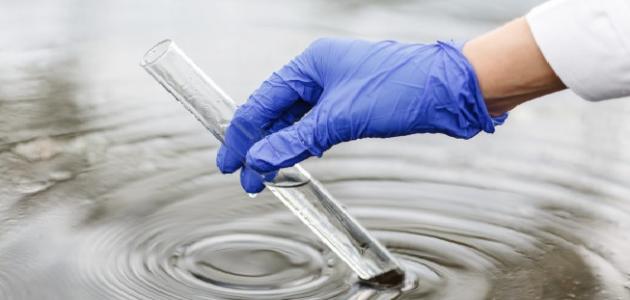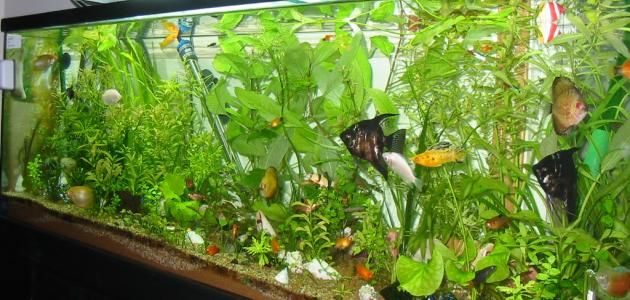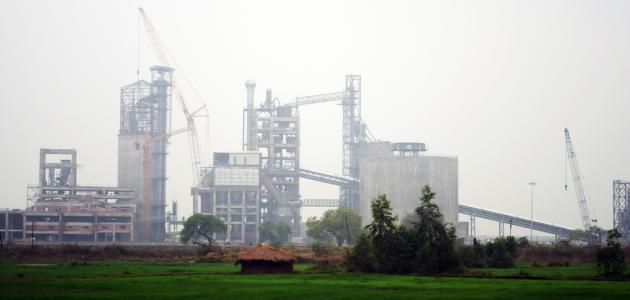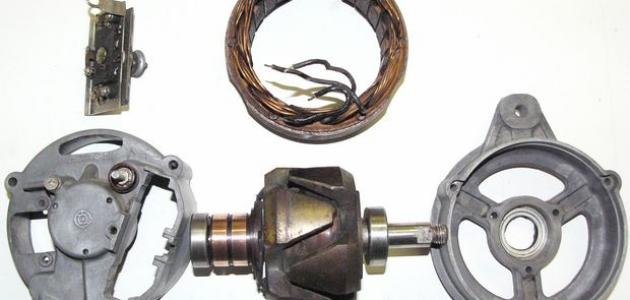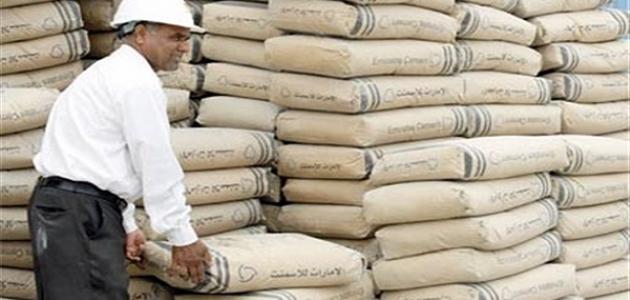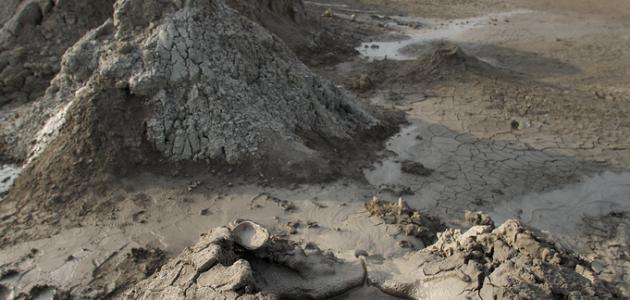water treatment
Water treatment is one of the terms used to purify water from various pollutants and dirt, so that it becomes suitable for use such as: drinking, making medicines, and irrigating plants. The main reason behind treating it is to reduce the pollutants present in it, and the treatment process varies according to the need for water use, and in this The article will talk about how to treat drinking water, wastewater, and groundwater.
How do we treat water?
Methods of treating drinking water
- Purification: Through it, sedimentary objects in the water are removed. The efficiency and success of the filtration process depends on the size of the particles present in the water, as the larger their size, the greater the filtration efficiency.
- Cleansing: It is one of the simple processes through which water is evaporated and condensed, thus forming a liquid consisting of water, without containing other substances.
- Disinfectants: Through it, various chemicals are added that help purify and disinfect water, perhaps the most important of which is chlorine.
Wastewater treatment methods
- Primary processing: It is one of the physical stages, during which solid materials and inanimate objects are thrown into the water.
- Secondary processing: A sufficient percentage of biochemical oxygen demand is provided, which is one of the metrics used to measure the percentage of dissolved oxygen in the water that it needs to get rid of the aerobic microbes that surround it. The main goal of this stage is to get rid of the organic compounds present in dirty and polluted water.
- Third treatment: It is one of the processes that combines biological, physical, and chemical processes. Its importance lies in getting rid of fine materials such as inorganic compounds and phosphorus. It also gets rid of unpleasant odors and removes pollutants from the water resulting from the first and second stages.
Groundwater treatment methods
- Aeration, sedimentation, and filtration: through which water is placed in the open air, until it disintegrates into droplets, or compressed air can be pumped to replace the water, or a fountain, extrusion, or slope can be used, as air is pumped using porous plates or perforated tubes, placed at the bottom of tanks. And basins, or through the use of water droppers or fans, with the addition of oxygen to the water, in order to get rid of the elements stuck in it, especially iron.
- Ventilation, adding chemicals that oxidize the magnesium element, sedimentation, and filtration: After completing the oxidation of magnesium and iron, strong oxidizing materials such as: chlorine and potassium permanganate are added, then the water is sedimented, and then filtered.
- Water softening: Hydrated lime or soda is used to get rid of magnesium and iron, and this method is usually used with surface water. As for deep water, it requires expensive operations, as chlorine is used to treat it, then pumping it into the networks designated for distribution.
- Ion exchange surface using magnesium zeolate: The water to be treated is passed over a mixture of natural sand, oxygen, and magnesium zeolate, thus separating the magnesium used in getting rid of iron salts.
